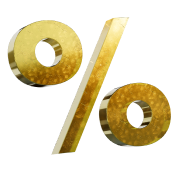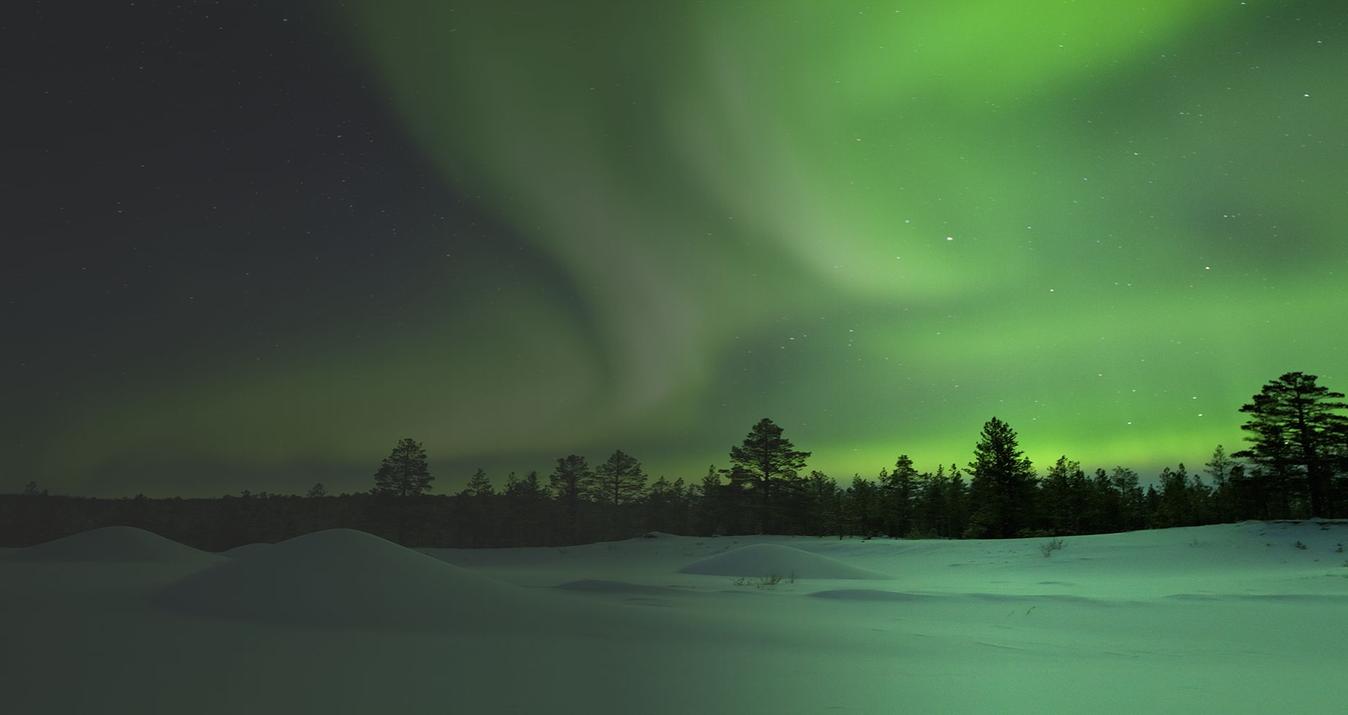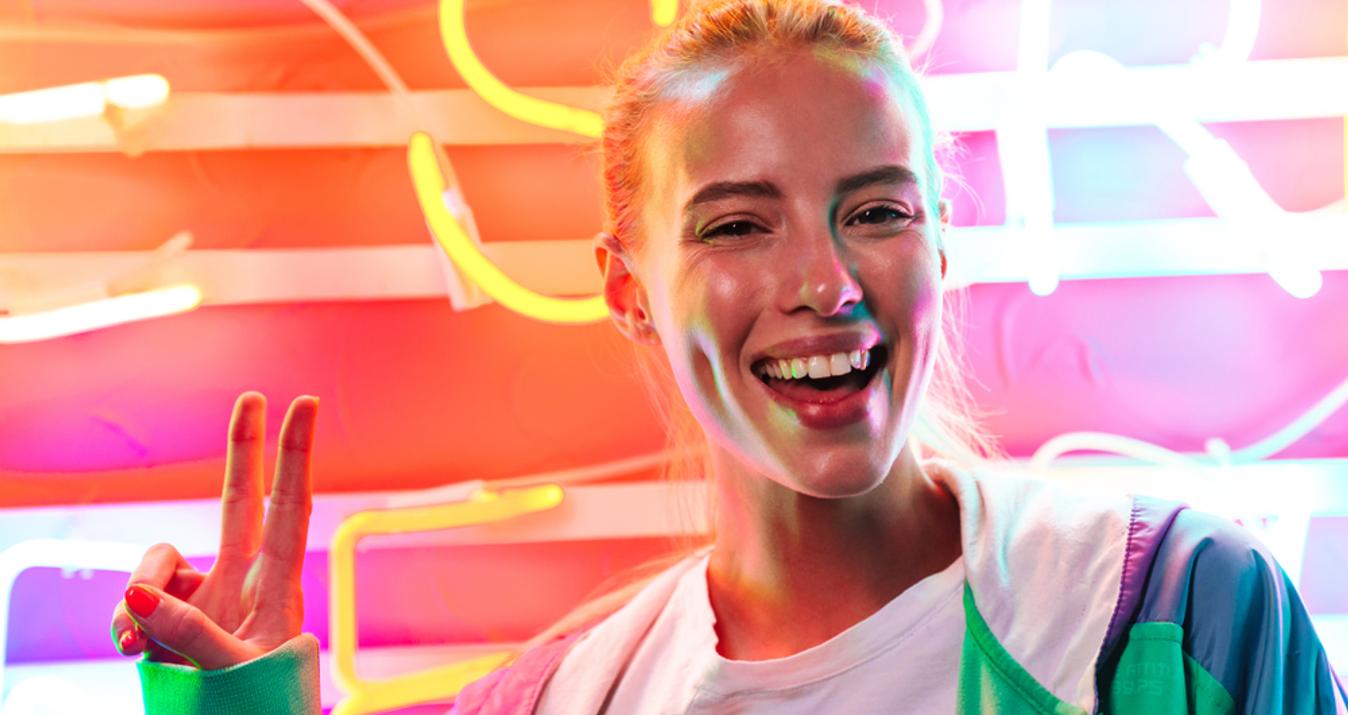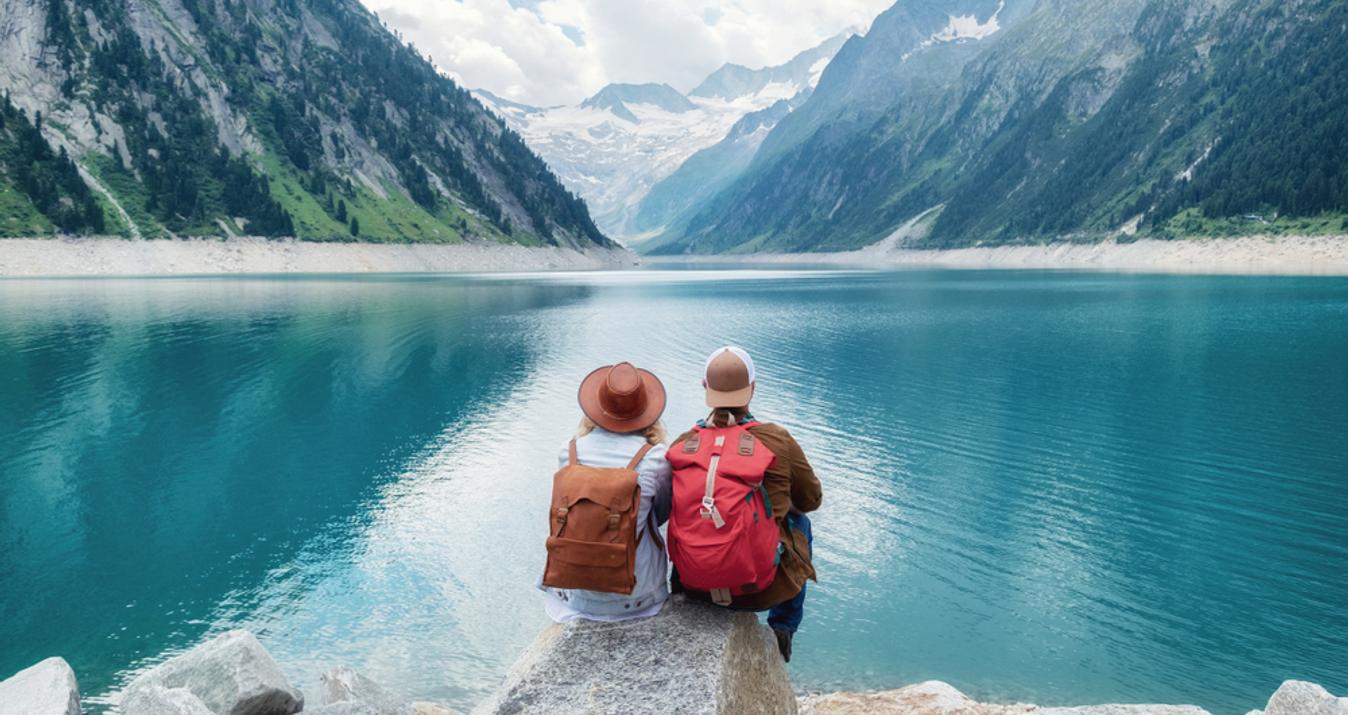High Dynamic Range, often called HDR, is a technique used in photography to improve the overall picture quality. HDF technology improves luminosity, to provide an experience that is close to the human eye. The technology mainly works around settling lighting and shadows so that the details present are neat and clear. The human eye is much more powerful than the camera, which creates a difference between what we see with our naked eye and what a photograph shows us. However, the HDR technology bridges this gap by having a wide range between light and shadow.
Think about this, you are out enjoying a nice sunny day and wish to click a picture of the sky with a tree. If you use a normal camera, you will be able to either click the tree or the sky, but not both as the light would affect one of the two subjects in case of a normal camera. However, a HDR camera would balance the light and shadow and give you a clear picture of both the elements.
The concept has now been introduced into video as well with almost all new TV sets coming offering HDR functions. Videos can be recorded with HDR, just like photos, with an increased dynamic range.
When and How to Use HDR?
HDR is no more a new or unique concept, it is now even available on mobile phones. But the main question is - when to use HDR technology? The function works best when your camera is resting on a tripod or is in a position where it doesn’t move. This technology doesn’t work well if the camera is shaking or the object is moving.
The technology works best to balance scenes with high contrast. Let’s look at some such scenarios:
- When there is direct sunlight: The sun casts a shadow which makes it difficult for normal cameras to click a clear picture. In such situations, HDR can be the solution.
- When clicking landscapes: The sky is a bright blue and the land is a mix of different colors, making a unique contrast that can be best clicked using HDR functionality.
- When in a situation with strong backlighting: When the scene is lit in the background but dark in the front, the image can be unclear. In this situation HDR can balance the light and present clear objects.
Two Best Tools To Edit HDR Pictures
To create or edit HDR pictures you need a decent software that makes it easier for you to handle all the elements of HDR picture editing. Aurora HDR and Auto Brackets are such two softwares. While HDR pictures are of high quality, some basic editing may be needed to enhance them even more.
Using Aurora HDR Editing Software To Enhance Images
No matter how breath taking photos you capture, there’s still room for you to improve. Aurora HDR provides your pictures with eye-popping hues and crunchy details. It allows you to simply boost subtle elements of both highlights and shadows in high complexity situations (for instance, a land photography).
Aurora HDR at present is only available for Mac, however a Windows application is soon to come. Accessible in Standard ($39) and Pro ($99). The Pro version additionally offers plugins for Adobe Photoshop, Lightroom, Elements and Apple Aperture, boundless number of brackets, ghost reduction, local RAW support and PSD file support.
Using Auto Bracket HDR Editing Software To Enhance Images
This is a high quality editing tool which allows you to capture various photographs at various exposure compensation, then merge them and transform them into one perfect photo.
Final Verdict
HDR functionality is there to make your photos stand out. Use it where necessary!














